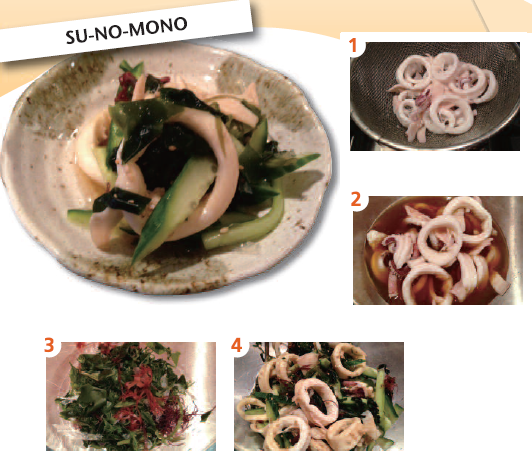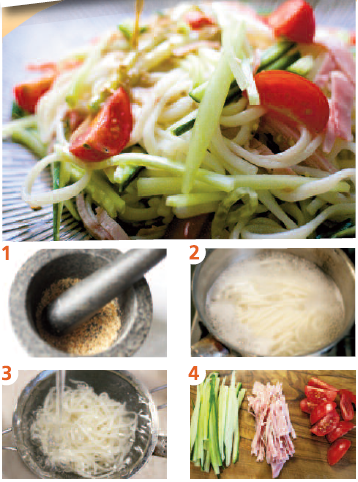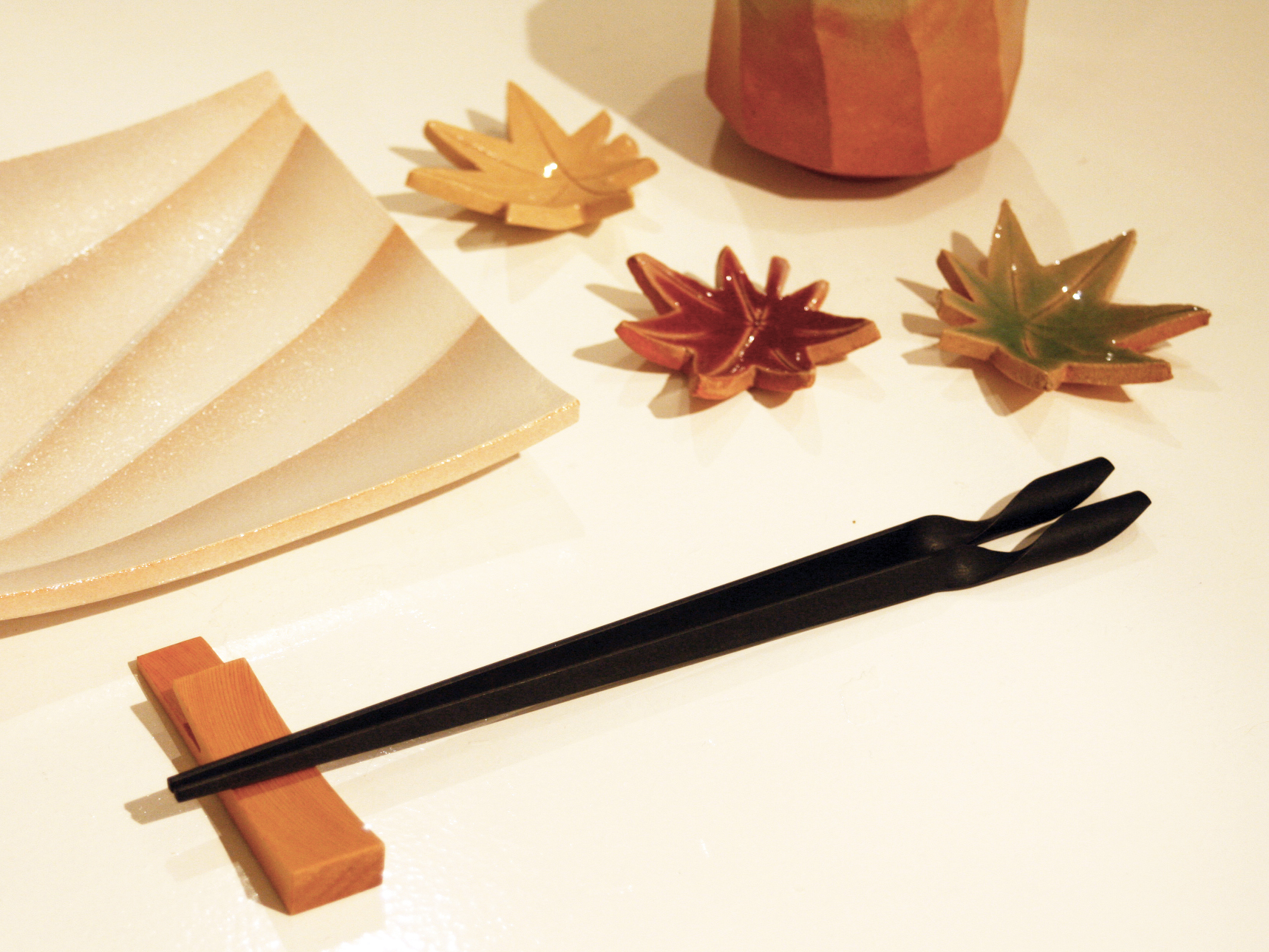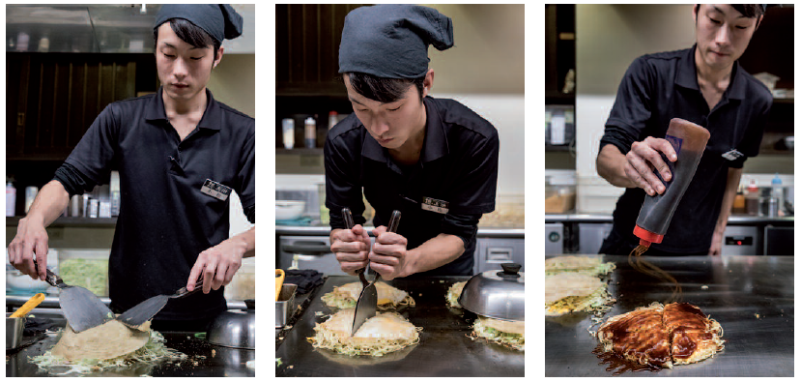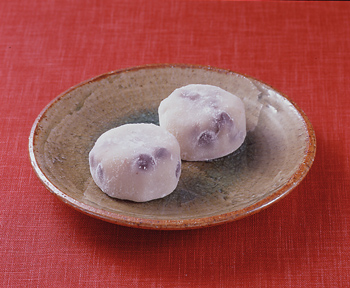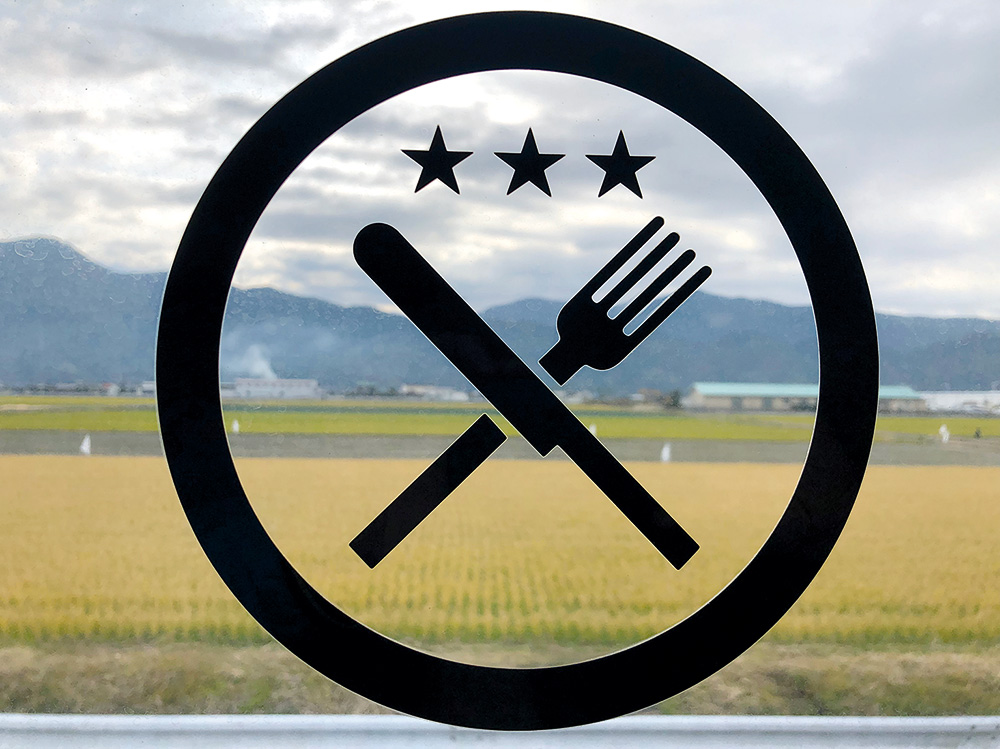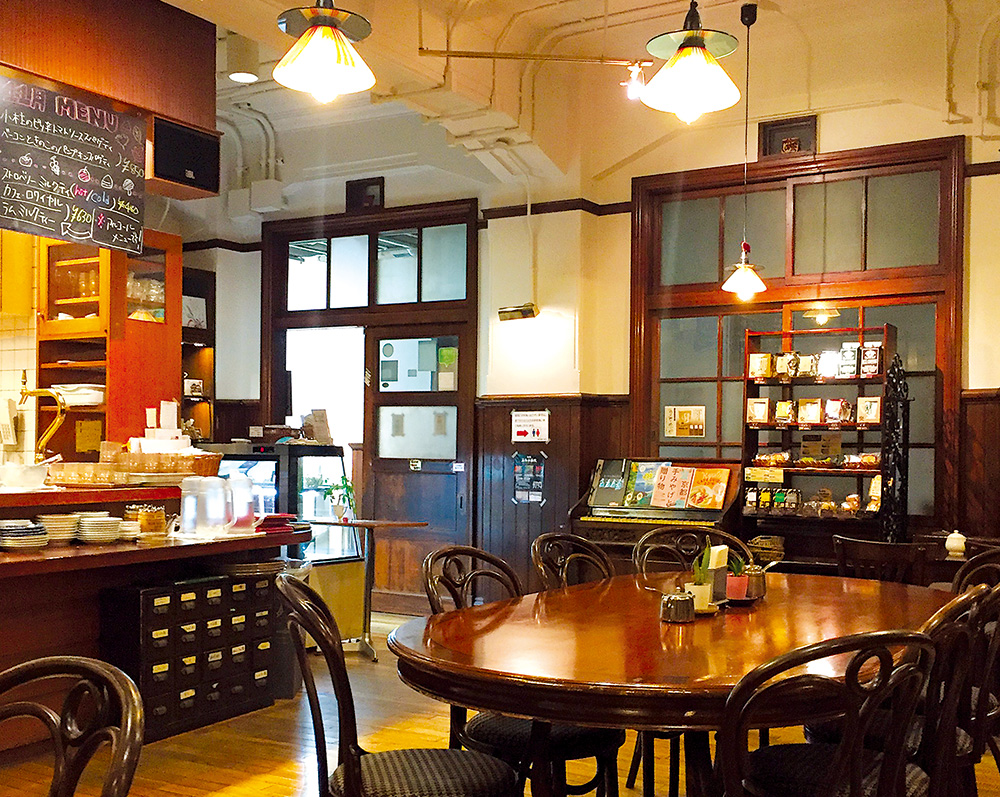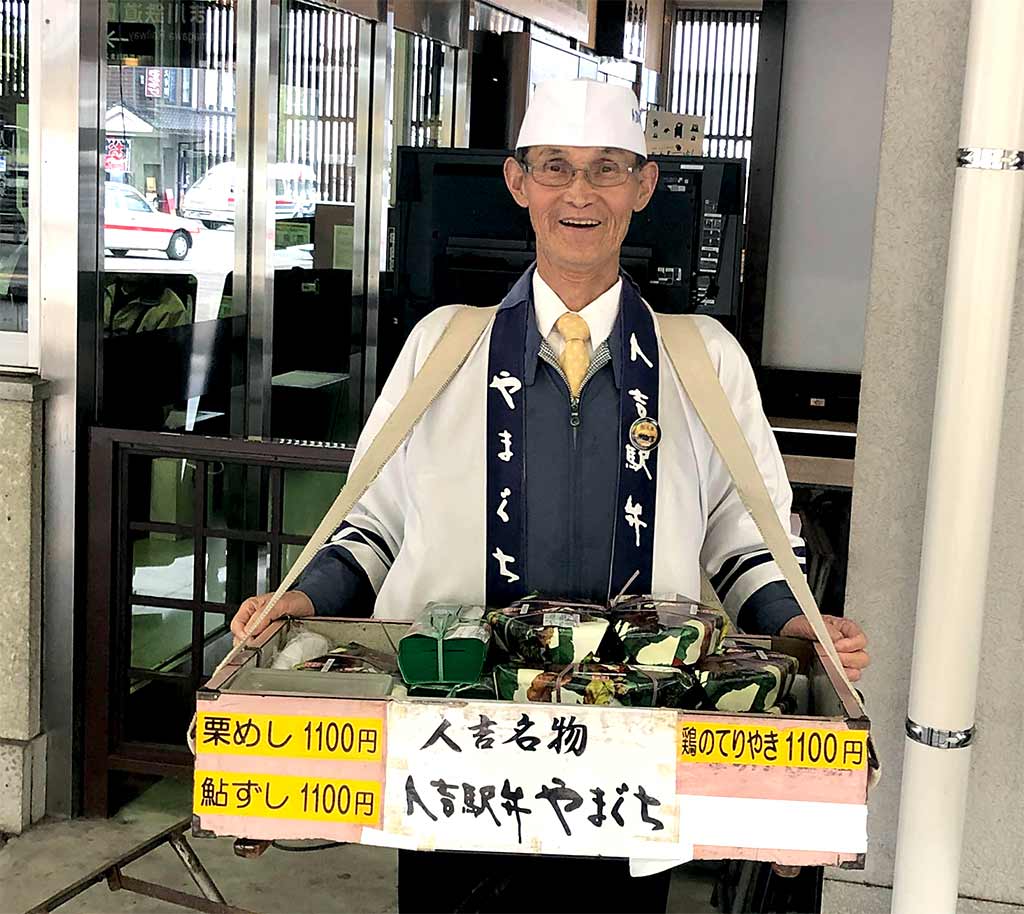

/ Odaira Namihei for Zoom Japan
Once the symbol of good food on Japanese trains, the station bento has lost some of its lustre.
The term ekiben, or bento (lunch box) sold in stations, is not unfamiliar to English lovers of Japan. This system, which evokes nostalgia among the Japanese, began at the end of the 19th century. At that time, train journeys took much longer than today, and ekiben came into being to fill a need.
These ekiben were sold by ekiben-uri (street vendors). They plied their trade walking up and down the platform carrying a large basket in front of them piled high with ekiben, which passengers bought through the train window. Such scenes, which can sometimes be seen in films, were already beginning to disappear in the 1970s.
The demise of the ekiben-uri followed a certain logic. In the 1960s, the national railways brought in air-conditioned trains with sealed windows, and waiting times in stations were shortened to improve profitability. These two factors made passengers fall out of the habit of buying ekiben from platform stalls or vendors on the train. This period coincided with the appearance of shops selling hokaben (hot bento) and konbini, 24-hour convenience stores. Previously, some people who didn’t want to catch a train made special trips to the station to buy an ekiben as they knew they were always available there. Now, shops in town offer this service.
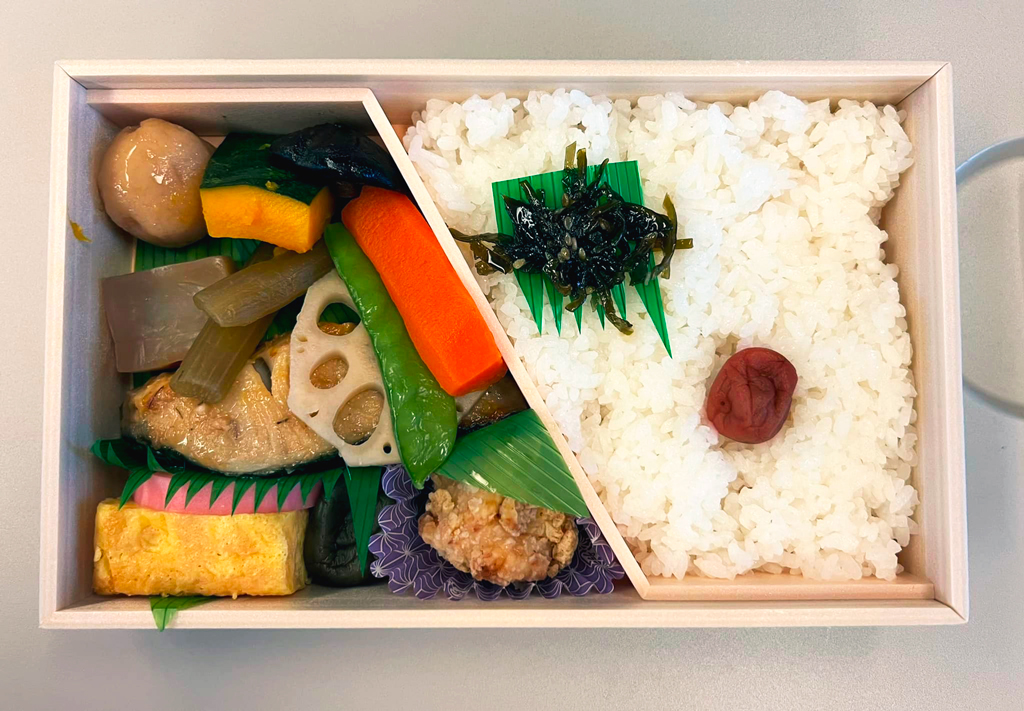
/ Odaira Namihei for Zoom Japan
Ekiben businesses, in order to attract customers another way, began to collaborate with large stores to organise events like “a tour of Japan through ekiben”, selling bento from different regions. At one time, people were attracted to ekiben for their rarity: to enjoy ekiben from a particular region necessitated travelling there. However, in the 1960s, while ekiben became a symbol of good taste epitomising a particular region, they were ironically quite easy to find everywhere, and without having to go to a station.
In the same way as an almost dead language is kept alive by a few elderly speakers, the last of the ekiben Mohicans still exist. The ekiben museum online (https://kfm.sakura.ne.jp/ekiben/) website lists four or five railway stations where vendors selling ekiben or other kinds of food can still be seen walking up and down the platform. In Fukuoka, on the JR Kagoshima Line, at Orio Station, an ekiben-uri sings while selling his wares. Tochikuken, who makes Kashiwameshi-Bento (chicken with rice), considers it important for him to continue the tradition. His regular customers buy his ekiben simply for the pleasure of engaging in conversation with him, and this rare tradition has made the station famous. This just goes to show that a dying tradition can rise from the ashes… One can always dream.
Sekiguchi Ryoko

